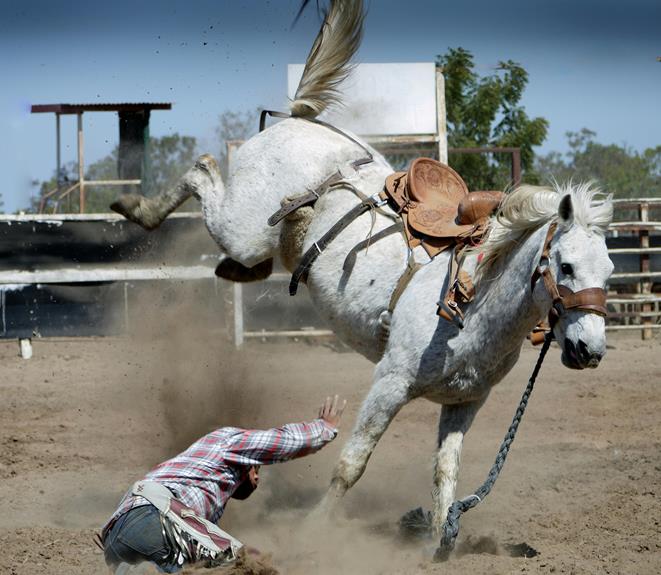
When choosing a saddle for your horse, focus on the withers and back length to ensure a proper fit. Consider the saddle type that matches your riding style and your horse's conformation for comfort and performance. Checking saddle placement, clearance, length, and width is essential. Regular checks help maintain your horse's comfort, safety, and performance. Understanding your horse's anatomy and saddle fit is crucial for a harmonious ride.
Understanding Your Horses Anatomy
To properly select the right saddle for your horse, understanding its anatomy is crucial. One key area to focus on is the withers. These are the highest part of your horse's back, located at the base of the neck. The shape and height of the withers determine the type of saddle that will fit comfortably. A saddle that doesn't account for your horse's withers can lead to discomfort and even injury.
Next, consider the back length of your horse. The saddle should distribute weight evenly along the back without putting too much pressure on any one area. A saddle that's too long or too short for your horse's back can cause rubbing, sores, and pain.
Furthermore, examine the shoulder angle of your horse. This angle affects your horse's range of motion. A saddle that restricts shoulder movement can impact your horse's performance and comfort. By understanding these key aspects of your horse's anatomy, you can make an informed decision when selecting the right saddle.
Choosing the Right Saddle Type
When selecting the right saddle type for your horse, have you considered the various options available to meet both your horse's needs and your riding style?
There are several saddle types to choose from, each designed for specific disciplines and horse conformations. For English riding, options include all-purpose, close contact, dressage, and jumping saddles. All-purpose saddles are versatile, suitable for beginners, while close contact saddles offer a closer feel between rider and horse. Dressage saddles have a deep seat and long, straight flaps to support proper alignment, and jumping saddles feature forward-cut flaps for shorter stirrups over fences.
Western riders can choose from barrel racing, roping, trail, or show saddles, each tailored for different activities. Barrel racing saddles are lightweight and allow freedom of movement, while roping saddles have sturdy horns for roping cattle. Trail saddles prioritize rider comfort and weight distribution on long rides, and show saddles are often adorned with decorative accents for the show ring.
Consider your riding discipline and your horse's build when selecting the right saddle type for a comfortable and effective riding experience.
Ensuring Proper Saddle Fit
Achieving a proper saddle fit is essential for both your horse's comfort and your riding performance. A well-fitted saddle prevents discomfort, pain, and potential injuries for your horse while allowing you to maintain a secure seat and optimal balance during riding.
To ensure a proper fit, start by checking the saddle's placement. The saddle should sit evenly on your horse's back without tipping forward or backward. Make sure there's enough clearance at the withers to avoid pressure points. Additionally, check the saddle's length; it should end around the 18th thoracic vertebrae to distribute weight evenly. Assess the saddle's width by ensuring it doesn't pinch or rub against the shoulders. Lastly, observe the saddle's clearance over the spine to prevent any interference.
Regularly monitor your horse's body condition and saddle fit, as changes in muscle mass can affect fit over time. By prioritizing a proper saddle fit, you can enhance your horse's well-being and riding experience.
Importance of Regular Saddle Checks
Regularly checking your saddle is crucial for maintaining your horse's comfort and your riding performance. Over time, a saddle can undergo wear and tear, impacting its fit and stability on your horse's back. By conducting routine checks, you can identify any issues early on and address them before they escalate.
Start by examining the saddle's overall condition, checking for any signs of damage like tears, loose stitching, or uneven padding. Ensure that the tree, which provides the saddle's structure, is still intact and hasn't warped.
Next, assess the saddle fit on your horse. Look for any pressure points, rubbing, or uneven weight distribution that could cause discomfort or even potential injuries. Checking the girth straps and billets for wear and tear is also essential for your safety while riding.
Conclusion
In conclusion, selecting the right type of saddle for your horse and ensuring a proper fit is crucial for their comfort and performance.
By understanding your horse's anatomy, choosing the right saddle type, and regularly checking the fit, you can prevent discomfort and potential injury.
Remember to prioritize your horse's well-being by investing time and effort into finding the perfect saddle for them.




